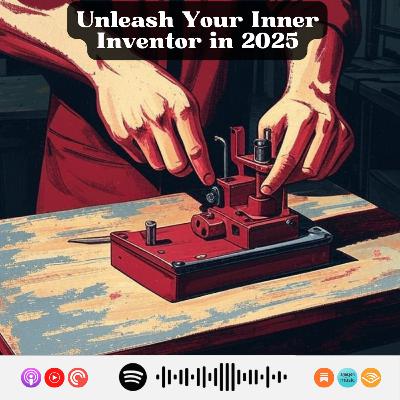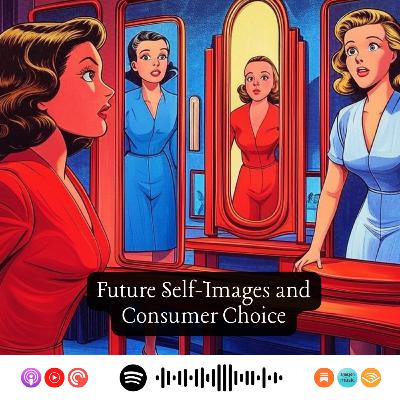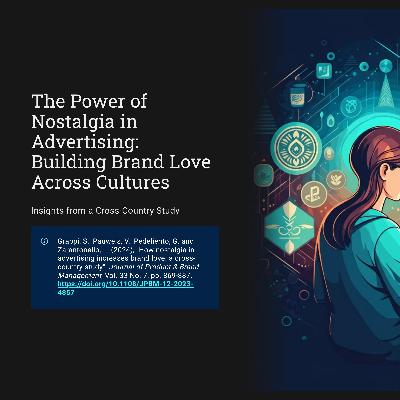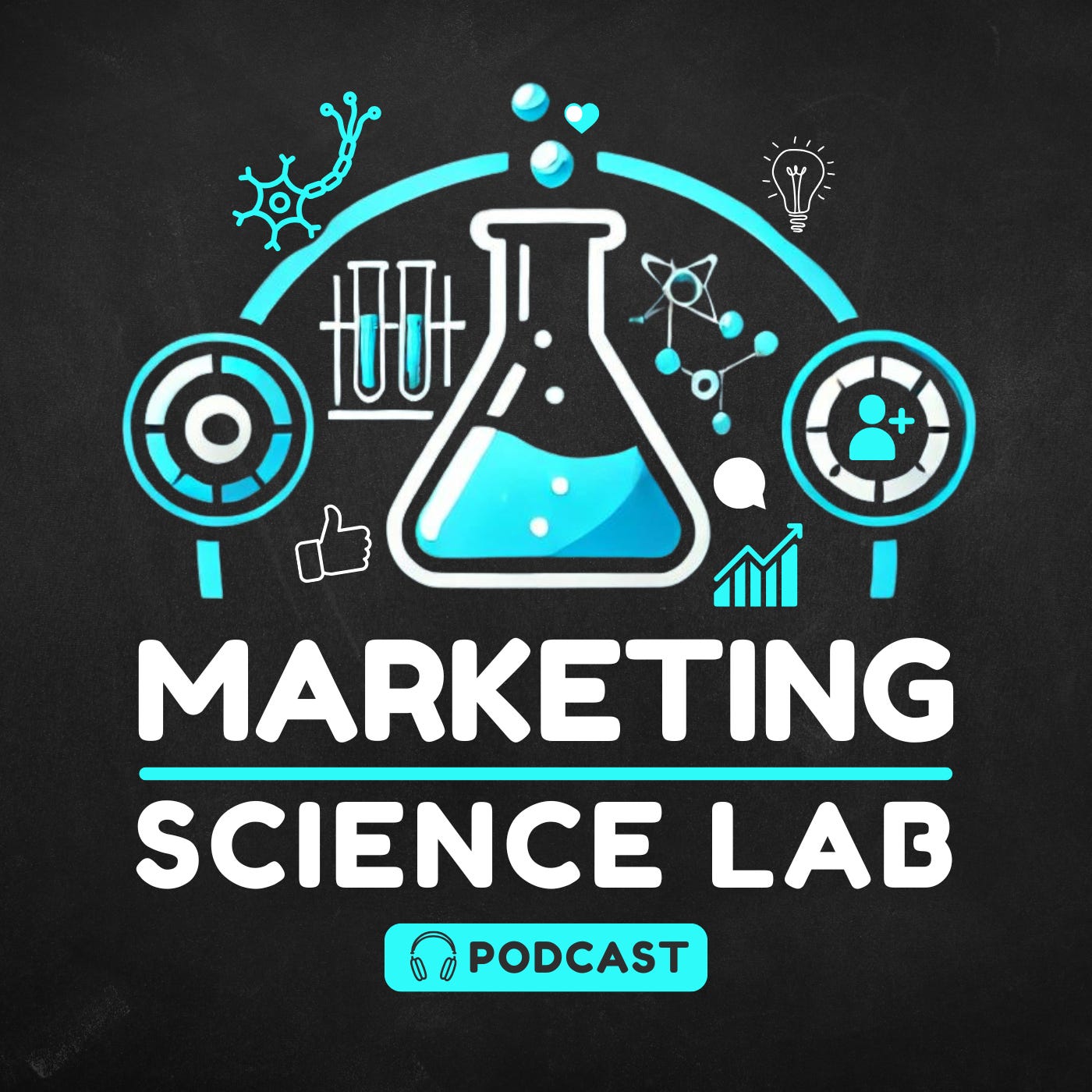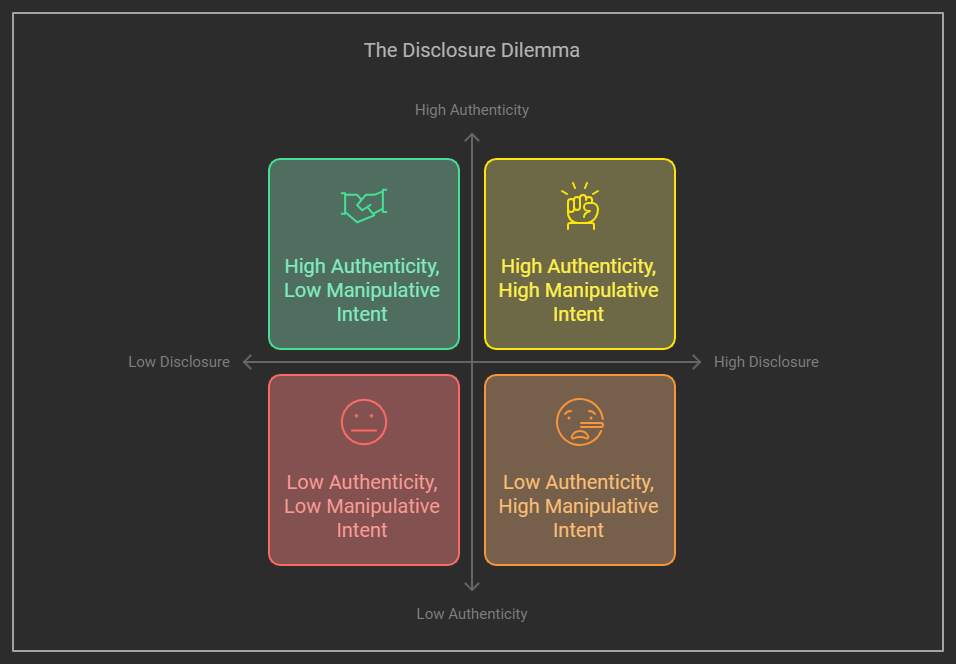Unleash Your Inner Inventor in 2025: How Self-Focused Ideas Can Conquer the Market
Description
Source: Wang, H.S., Yim, C.K.(. Shifting perspectives: How communicating user innovations’ self-focus enhances adoption. J. of the Acad. Mark. Sci. (2024). https://doi.org/10.1007/s11747-024-01068-z
Full Show notes: https://www.marketingsciencelab.org/p/unleash-your-inner-inventor-in-2025
Ready to finally bring that brilliant idea to life in the new year? This episode dives into fascinating research that flips the script on how to market innovations born from personal needs. Forget trying to make your idea fit everyone – learn how embracing its unique, self-focused origins can actually be the key to mass market success. We unpack a groundbreaking study from the Journal of the Academy of Marketing Science that reveals a surprising communication strategy for getting your user innovation adopted.
The User Innovation Paradox: Innovations often start with an individual solving their own problem. While this "self-focus" fuels creativity, it can be a barrier to mass adoption, as the benefits might not seem immediately relevant to others.
Counter-Learning Communication: The research proposes a novel communication strategy that mismatches the typical way people learn about new innovations. By presenting information in a sequence that goes against the grain of how potential adopters naturally process information, you can spark their creativity.
Domain Knowledge Matters: The effectiveness of this strategy hinges on the potential adopter's existing knowledge in the product category.
Domain Adopters (Experts): For those already knowledgeable, presenting the attributes (features) of your innovation before the goal (benefit) encourages them to creatively connect the dots and see its relevance to their own needs.
Non-Domain Adopters (Novices): For those less familiar, presenting the goal first, followed by the attributes, helps them understand the potential before diving into the specifics.
Embrace the Self-Focus: Instead of trying to hide the "user-invented" nature of your product, highlighting the original, personal motivations behind it can actually pique interest and drive adoption by making people think creatively about its potential uses for themselves.
Sustaining the Spark: Maintaining a "self-focused" approach to further development (user inventor solo development) amplifies the positive effects of this communication strategy, versus opening it up to broad customer input which can dilute the original vision.
Know Your Audience: Before launching your innovation, understand the level of expertise your target audience has in the relevant area. Tailor your marketing messages accordingly.
Strategic Sequencing: Experiment with presenting the benefits and features of your innovation in different orders. For expert audiences, lead with the "how"; for novices, start with the "why."
Tell Your Story: Don't shy away from sharing the personal journey behind your invention. Highlight the problem you were trying to solve for yourself. This narrative can spark creative connections in others.
Stay True to Your Vision: While customer feedback is valuable, be mindful of maintaining the core essence of your self-focused innovation during development. Sometimes, the unique perspective is what makes it special.
The "Powerup Dart": The research uses the example of an app-controlled paper airplane. For hobbyists (domain adopters), you might first highlight the technical specs and range (attributes) before explaining the fun and trick potential (goal). For casual users (non-domain adopters), you'd start with the fun aspect and then delve into the technology.
The "Perfect" Thermometer: A kitchen thermometer designed by chefs. To reach other professional chefs (domain), emphasize the precision and industrial-grade features first. To reach home cooks (non-domain), focus on the benefit of perfectly cooked meals and ease of use.

